Transport
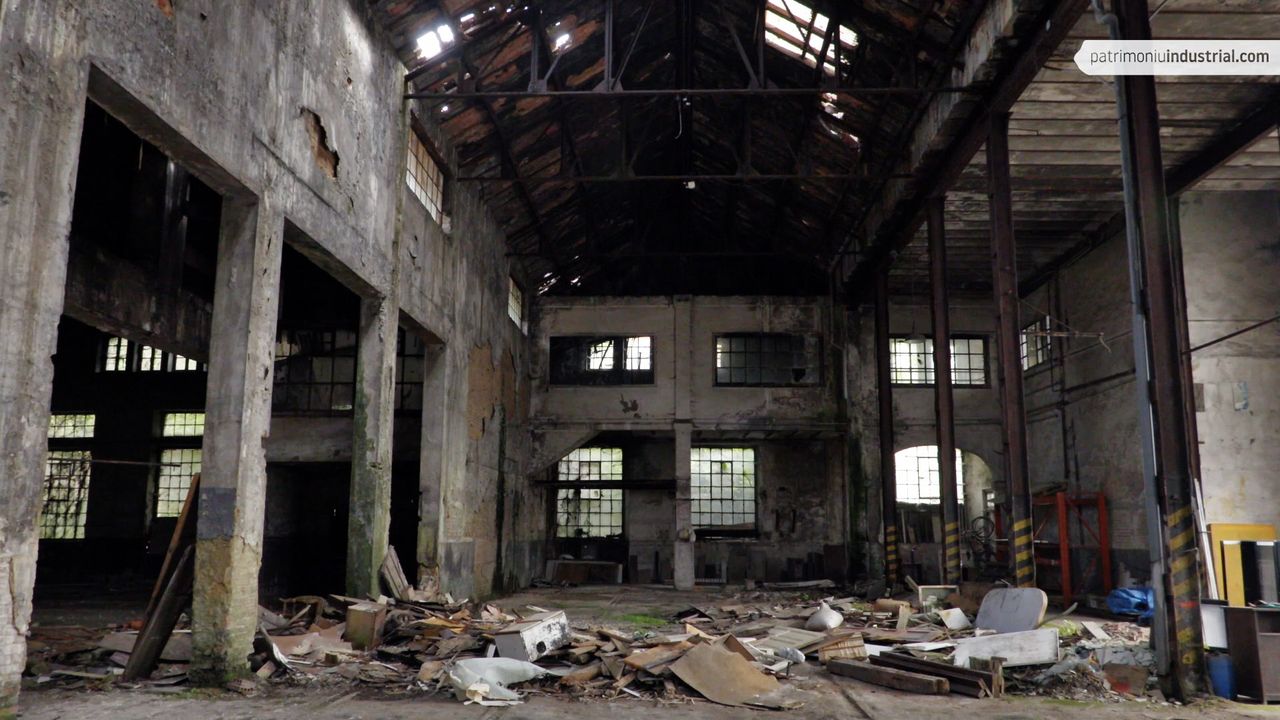
350479067
Locomotive Depot
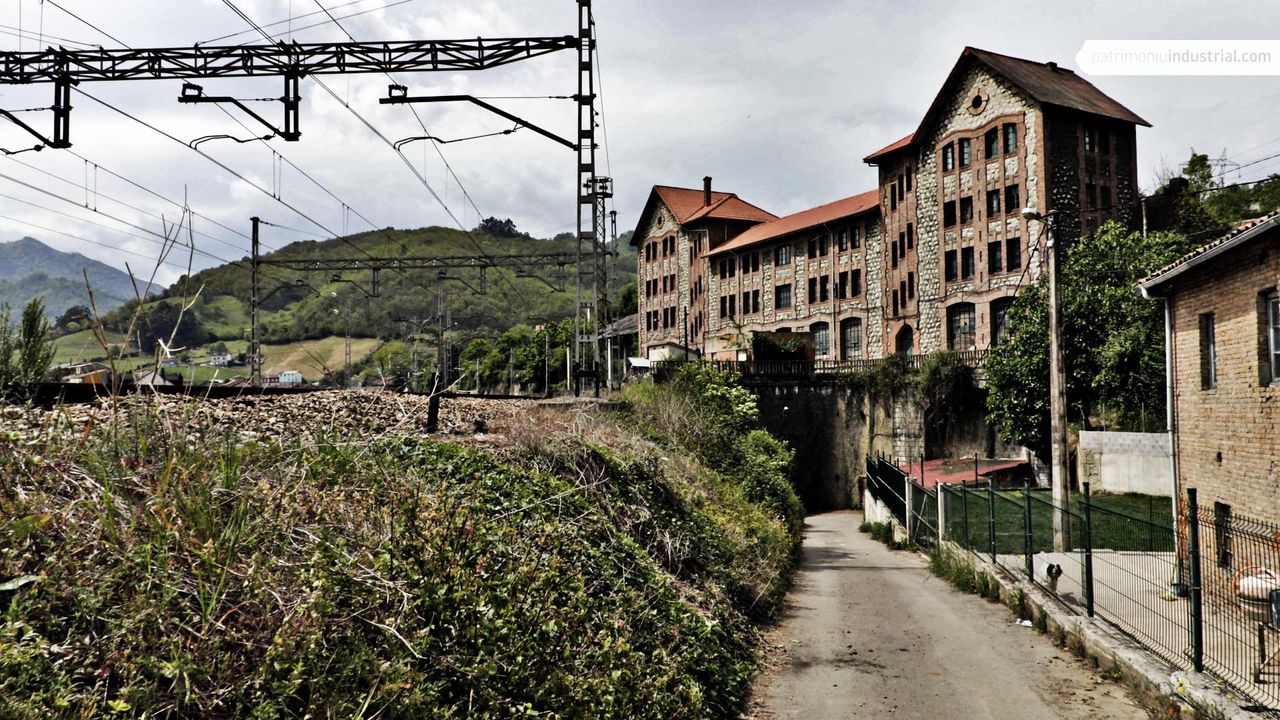
345662497
Depot Housing
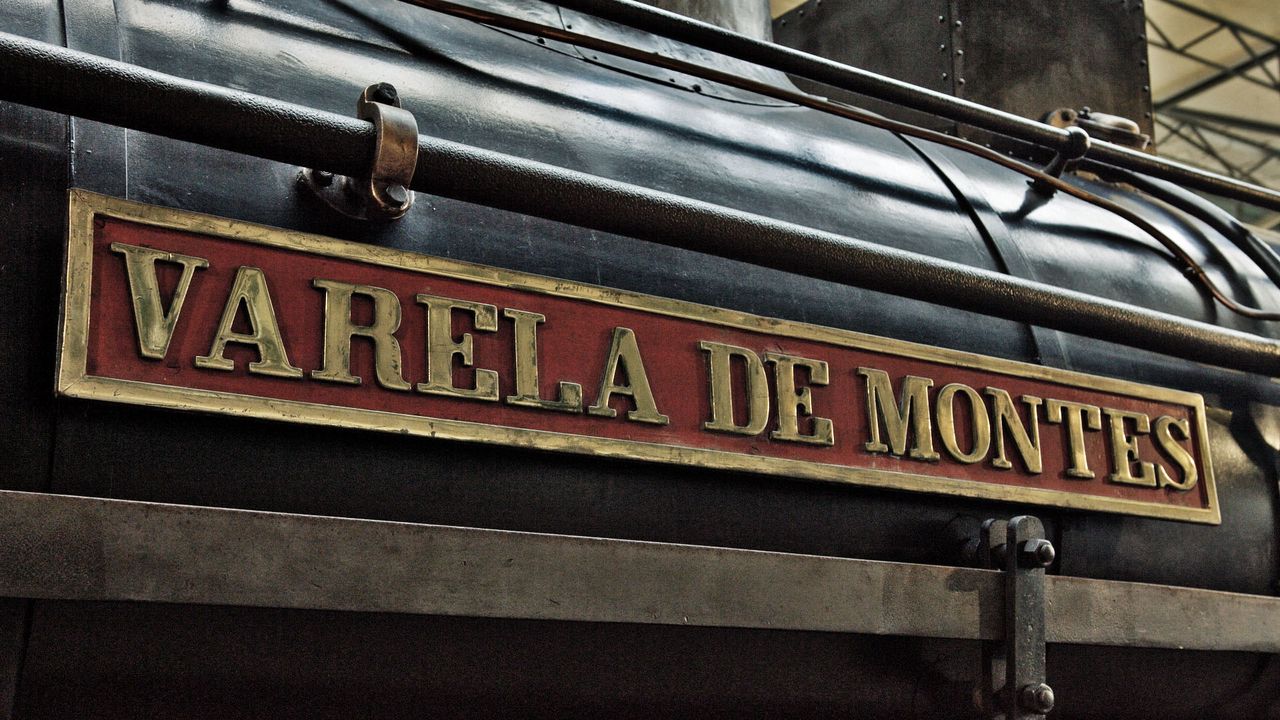
344352548
Varela de Montes Locomotive
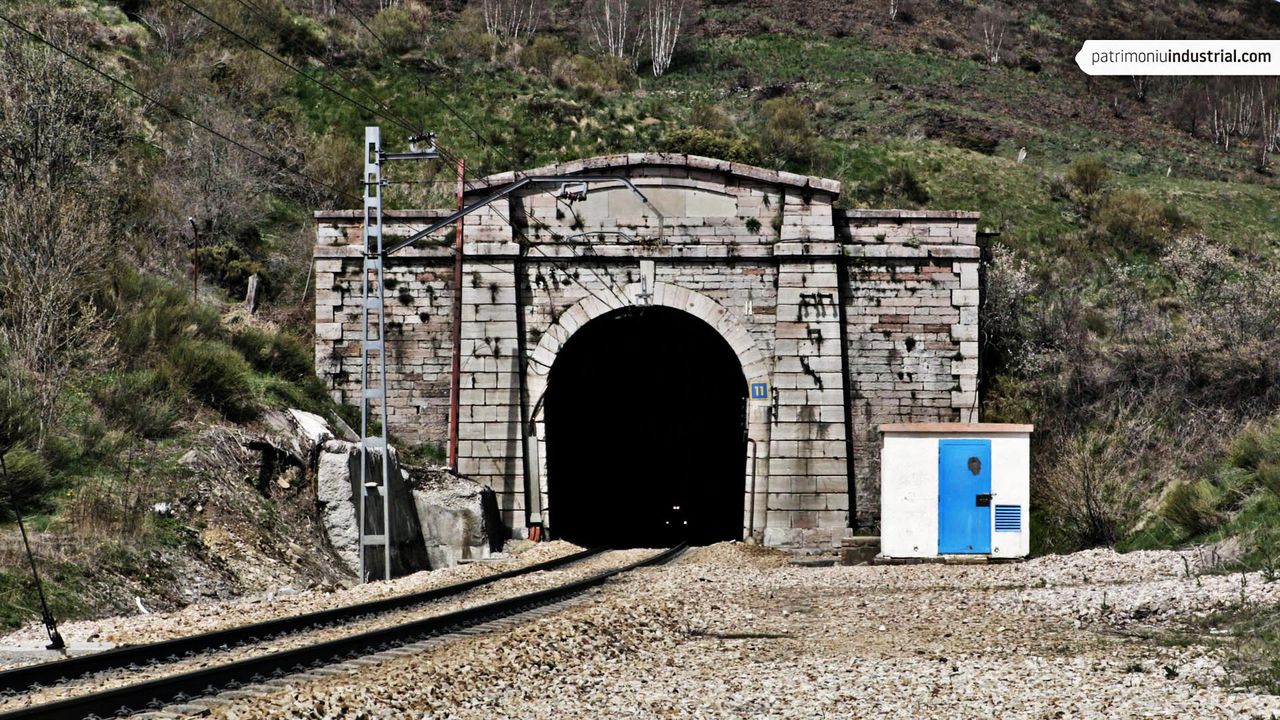
345228088
Pajares Ramp
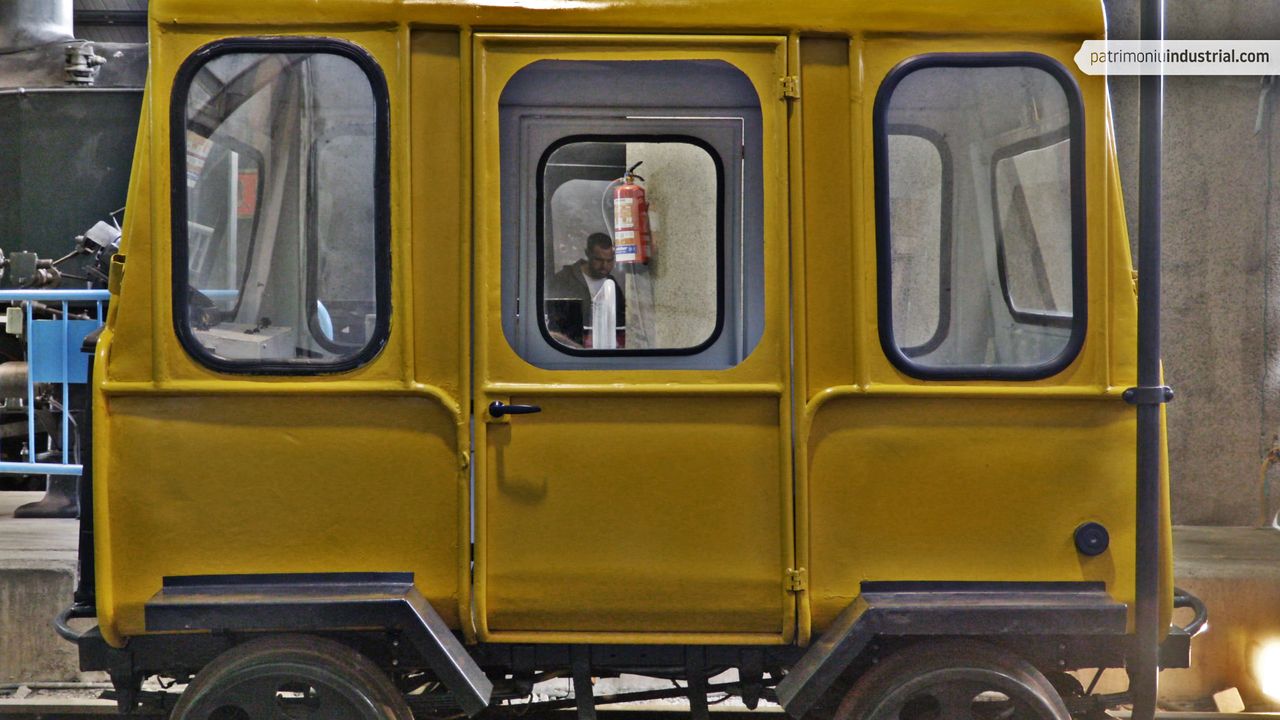
512227694
"Piolín" Dressine
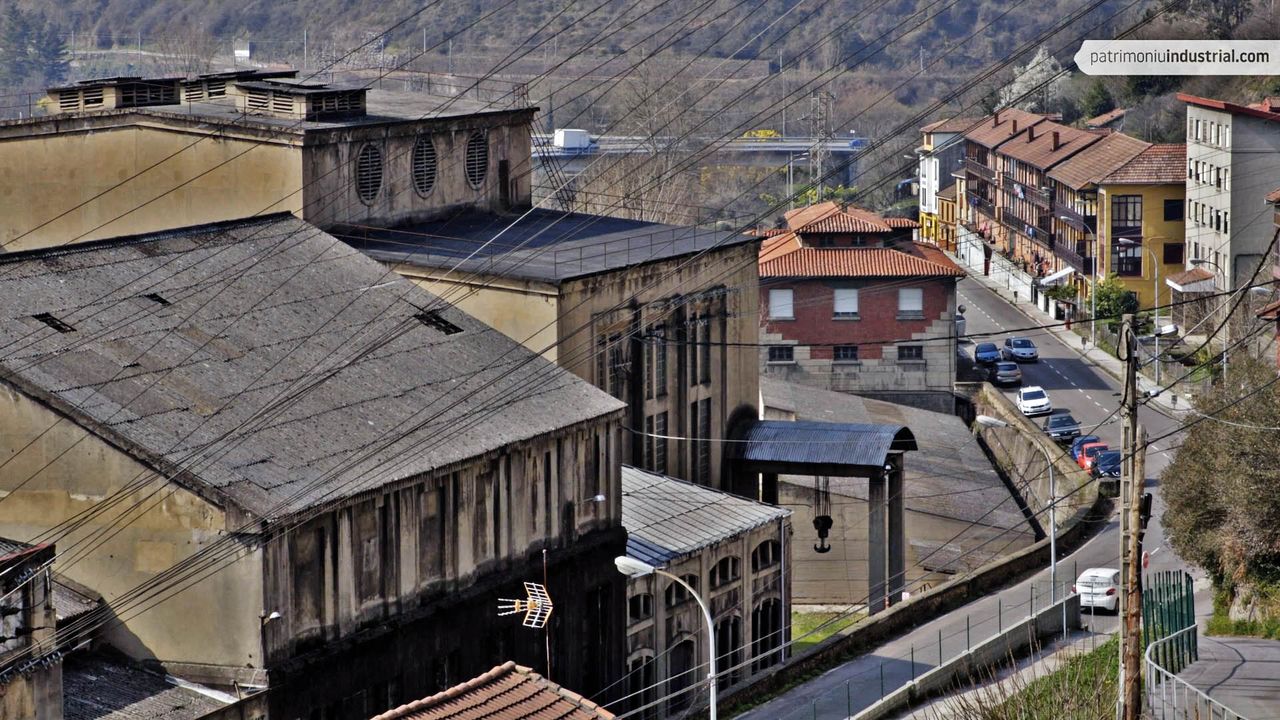
365953072
Santa Cruz Power Plant
The Pajares Railway is, without any doubt, the most important public work in the 19th century in Asturias, as well as a technical achievement of international scope. The works started in 1874, but different business and technical ups and downs delayed its conclusion for a decade, until 1884.
The need to overcome a slope of almost 1,000 metres in a limited geographical area maintaining a ramp that would allow a sustainable exploitation with the current technical means resulted in a work of great magnitude, whose project is mainly attributed to the engineer Javier Sanz.
Between the stations of Pola de Lena (Asturias) and Busdongo (León) there are 69 tunnels, representing more than half of the track's length. The maximum ramp is of 20 thousandths, and it remains constant during a large section of the route. This also happens with the 300-meter radius curves, which allow the railway to change its way in Malvedo and Fierros by means of two loops, and by making a big detour in Navidiello. As a whole, it appears to be one of the most complex railway routes in Europe.
The works of the factory define the route: the tunnels themselves with their ashlar entrances, retaining and sustaining walls, an endless number of culverts and sewers, etc. In addition, there is a series of stone or reinforced concrete bridges, the latter being replacements for the original metal structure from the mid-20th century. Finally, an attractive group of stations, including the original ones preserved in Pola de Lena or Linares, and a bunch of buildings of great interest from the 1920s in La Cobertoria, Campomanes and Pajares.
In addition, this route was the scenario of the first electrification at 3,000 volts in the Spanish wide track railway network. The substations of La Cobertoria and Pajares and even some catenary masts that are still in service almost a century later witnessed this.
Given all these facts, it is not surprising that the Pajares ramp is one of the most important works of engineering and historical industrial heritage of the Principality of Asturias, currently threatened by the new railway routes.

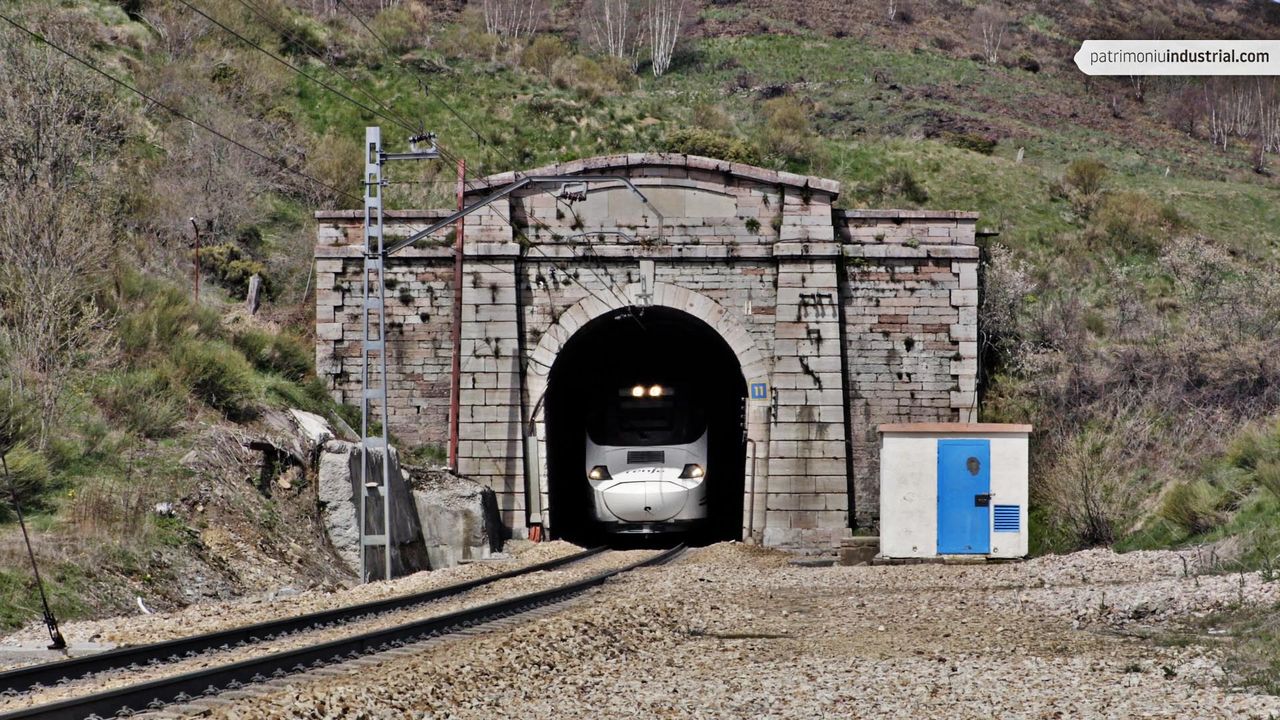
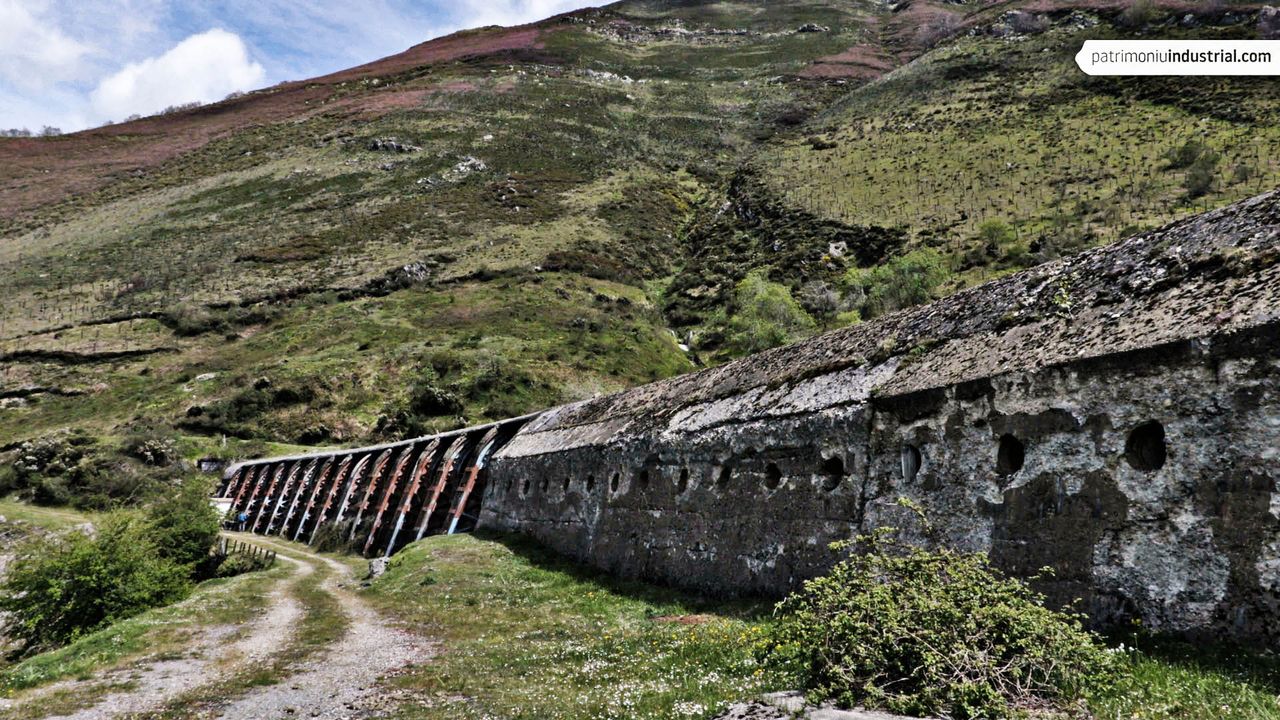
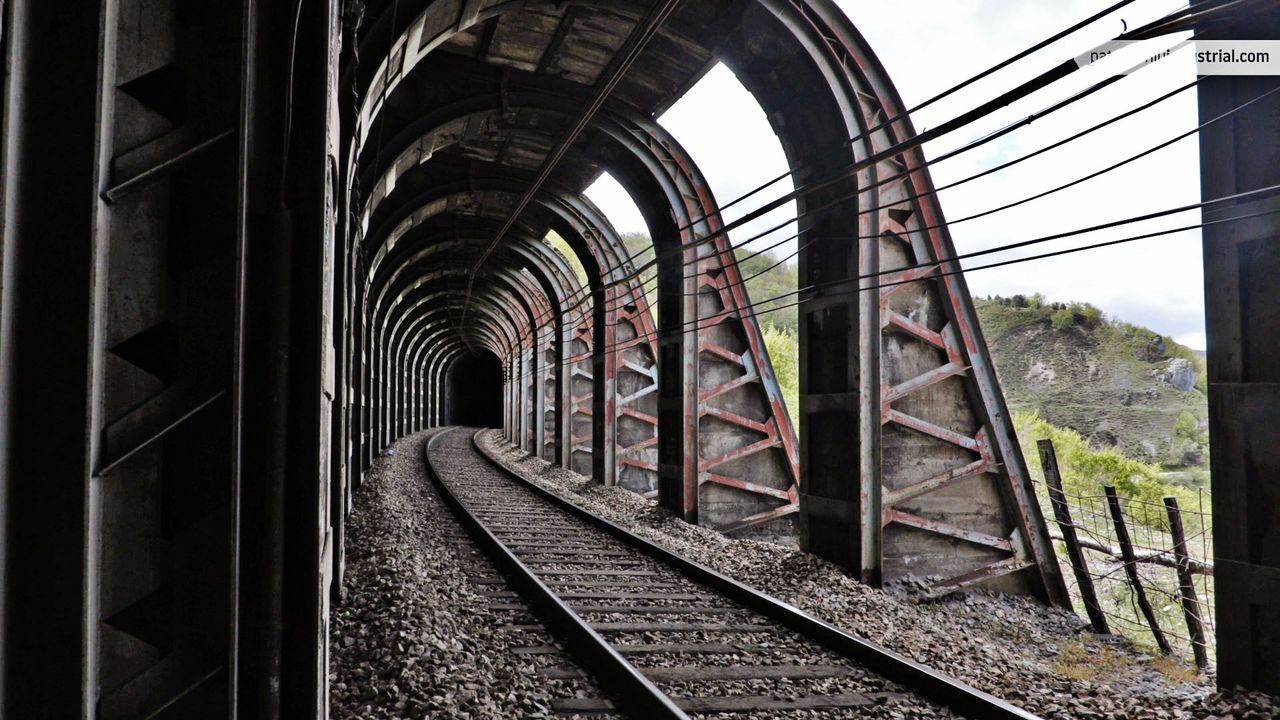

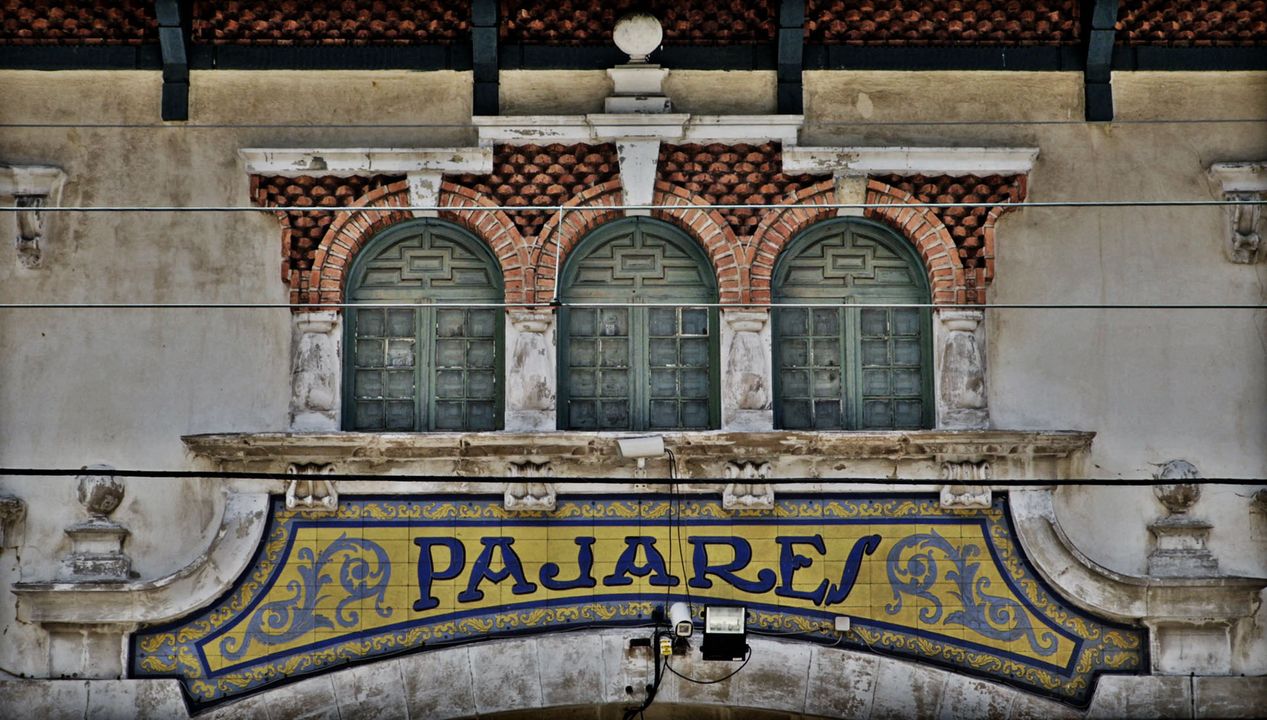
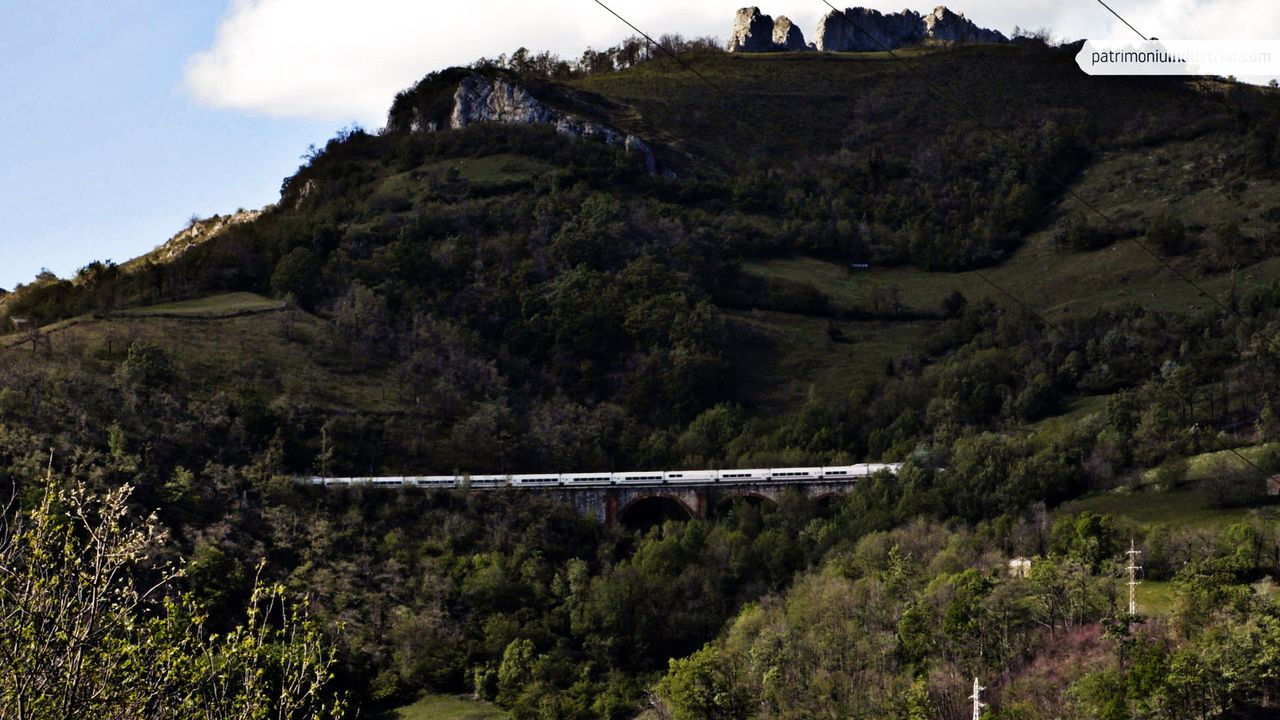
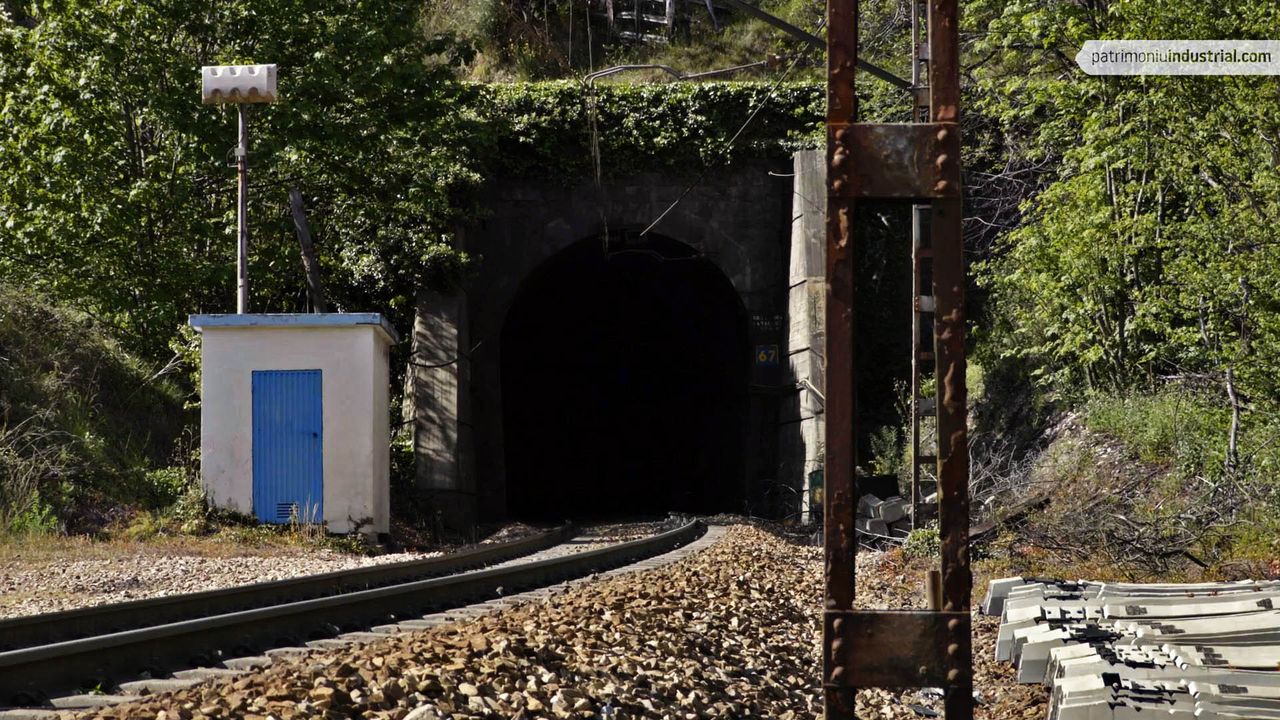
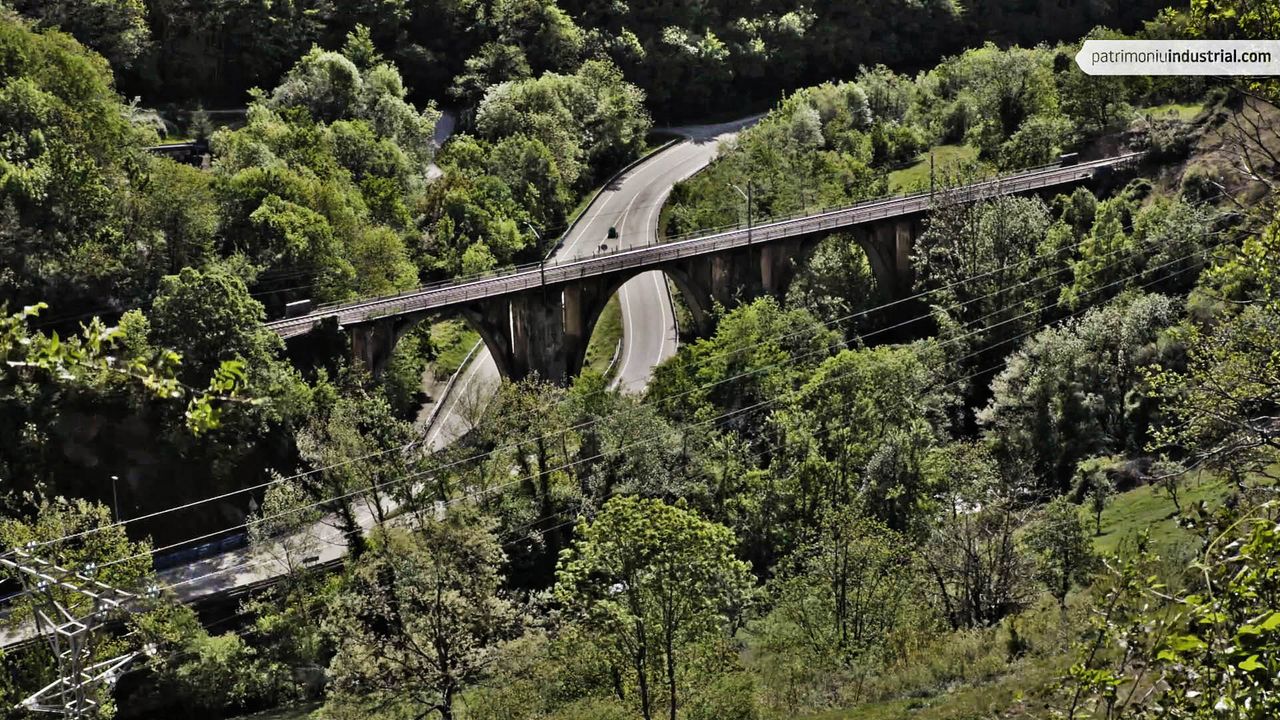
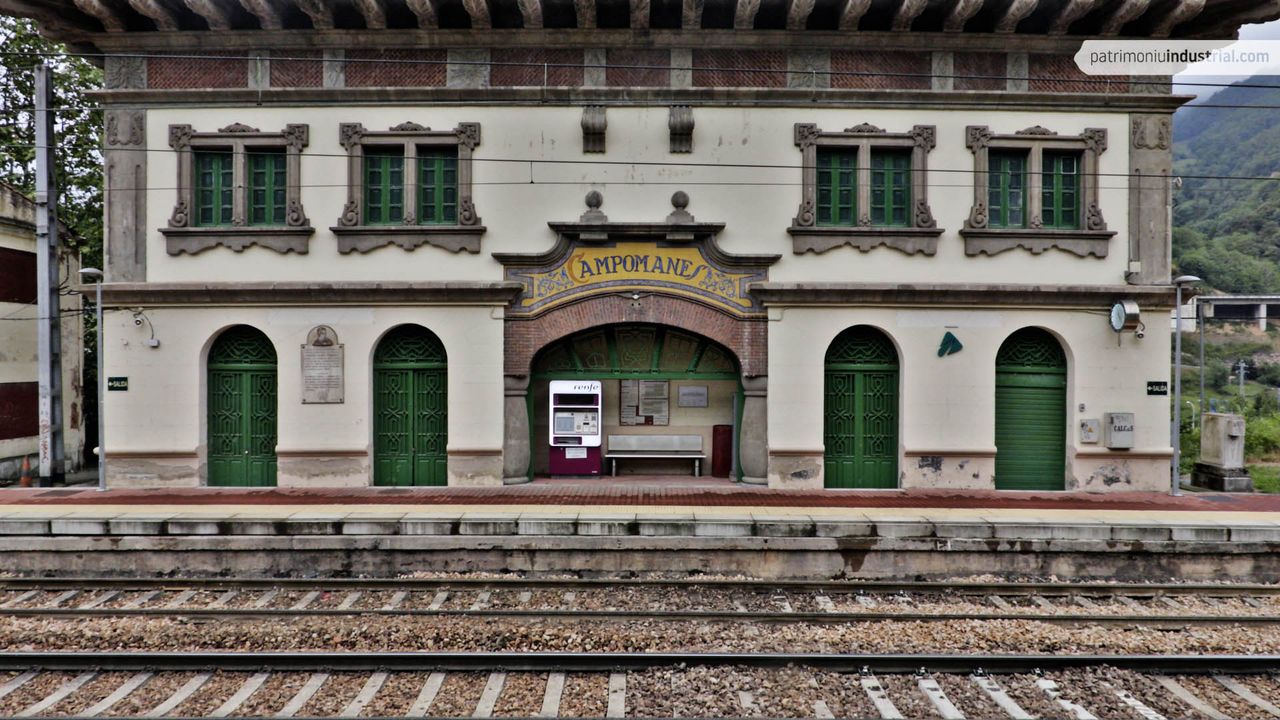
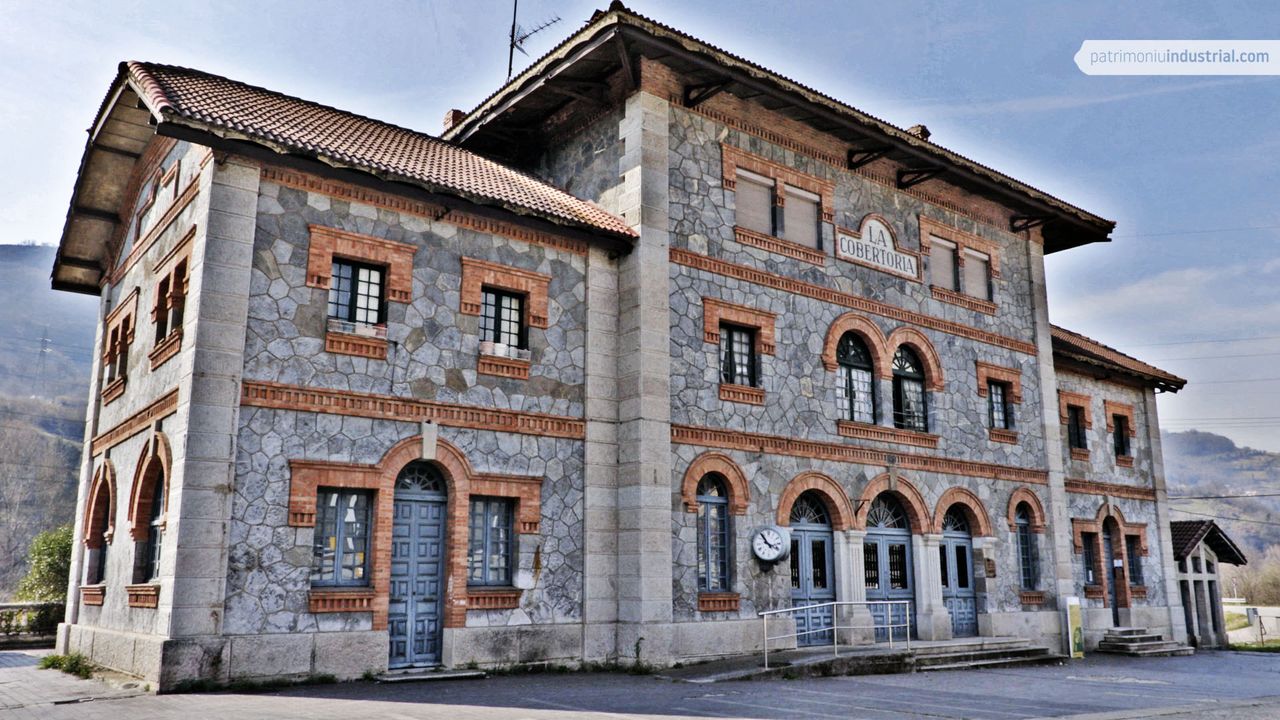
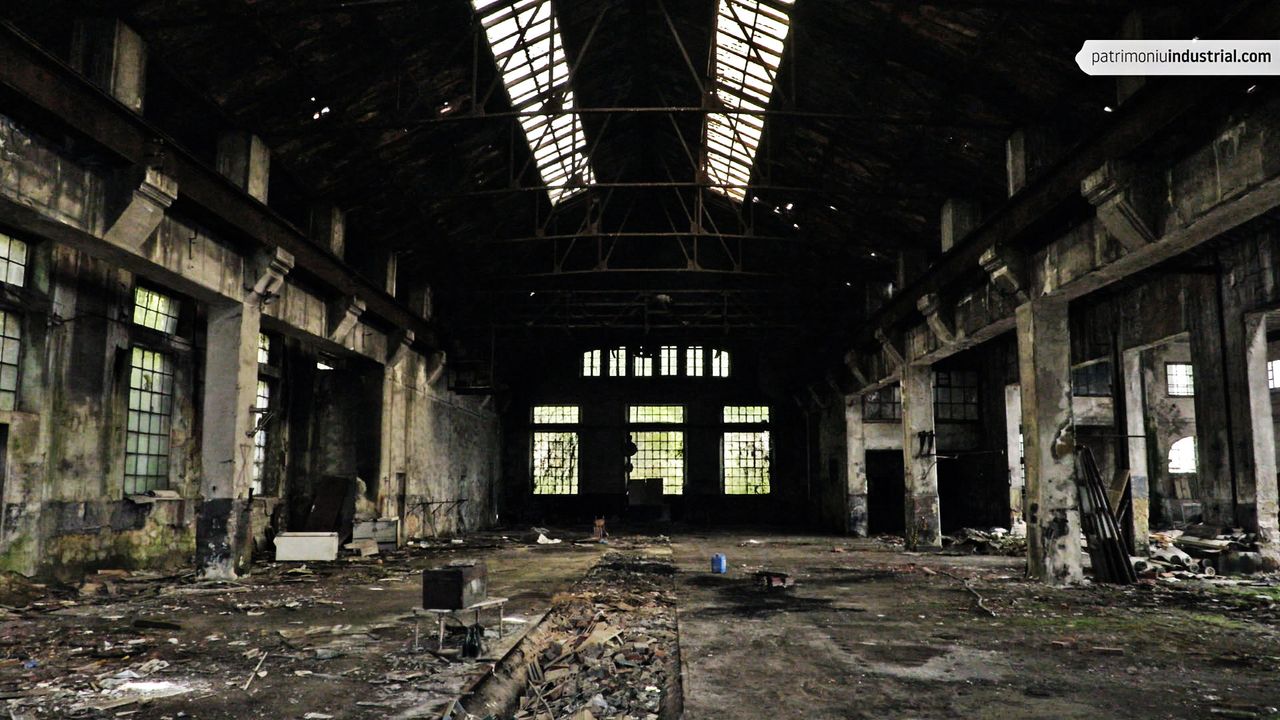

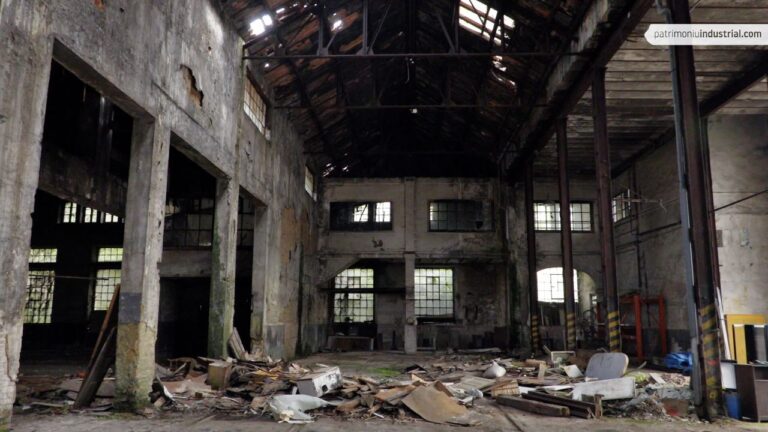
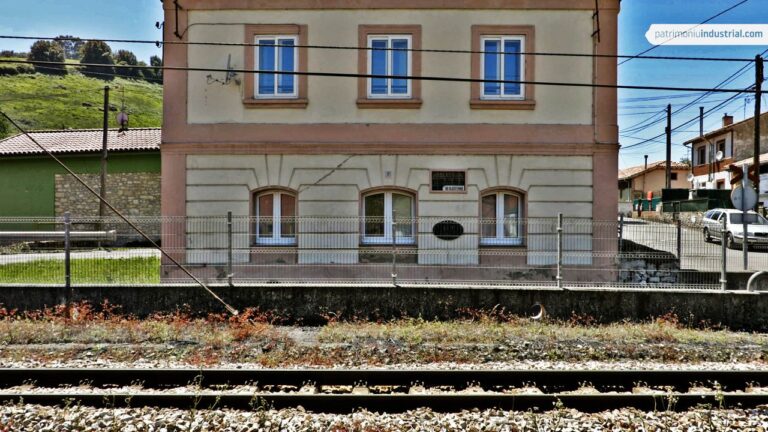
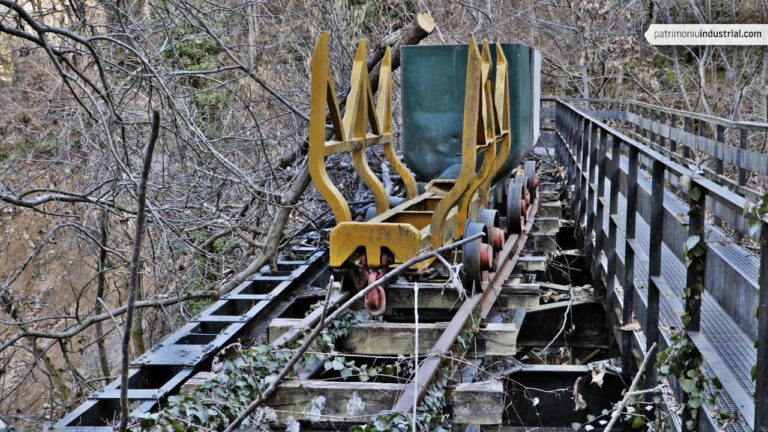

Recent Comments